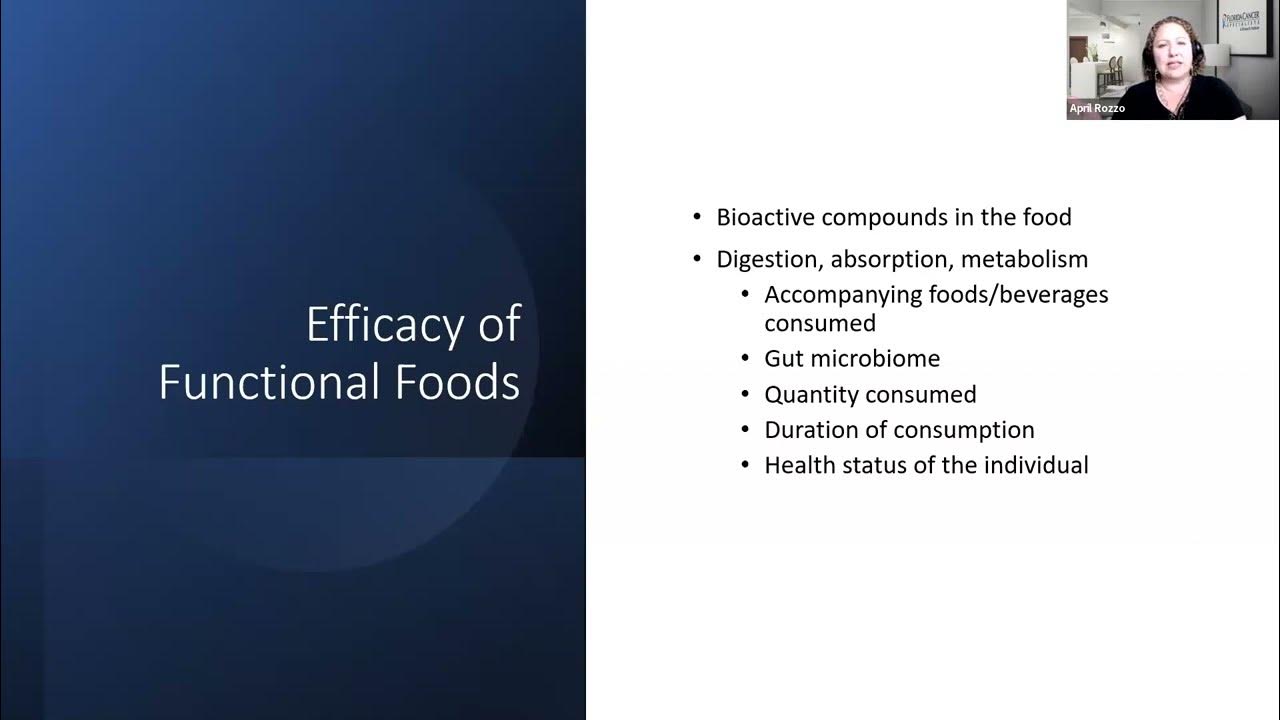[Site Spaces and Planting] Session 3 - Functional Roles of Plants
Summary
TLDRIn this session, the functional roles of plants in landscape architecture are explored, highlighting their significance beyond mere decoration. Plants serve as structural frameworks, screening methods, enclosures, framing devices, and integration elements within a landscape. They can define spaces, block unattractive views, guide movement, and unify the environment while enhancing aesthetic appeal. The discussion emphasizes how thoughtful plant arrangement contributes to the overall value of architectural projects, creating cooler, visually engaging spaces that harmonize with the natural surroundings.
Takeaways
- 🌱 Plants serve multiple essential roles in landscape design beyond mere decoration.
- 🏗️ They act as structural frameworks, organizing and defining outdoor spaces effectively.
- 🚧 Screening plants can block undesirable views and control sightlines for privacy.
- 🔒 Plants can enclose areas, creating boundaries that influence movement and visibility.
- 🖼️ Plant arrangements can frame important views, directing attention to focal points.
- 🌳 Integration of plants into designs helps unify built structures with their surroundings.
- ☀️ Plants provide environmental benefits, such as shade and wind protection.
- 🌳 They can delineate large spaces into smaller, more manageable sections.
- 🛤️ Plants guide visitor movement through spaces, enhancing the overall experience.
- 📐 Using plants effectively can add aesthetic value and functionality to any project.
Q & A
What are the primary functional roles of plants in landscape architecture discussed in the session?
-The primary functional roles of plants are as structural frameworks, screening, enclosing, framing, and integration.
How can plants serve as structural frameworks in landscape design?
-Plants can define the layout of a yard, partition large areas into smaller spaces, and guide viewers through the design.
What methods can be used for screening in landscape architecture?
-Screening can be achieved by using dense plant species that block unattractive views, regulating sight lines, and creating visual barriers.
In what ways can plants create an enclosing effect in a landscape?
-Plants can enclose spaces by dividing large areas with tall plants or small hedges, which can either imply boundaries or create complete enclosures.
What are the two types of enclosing methods mentioned in the session?
-The two types are implied enclosures (using small hedges) and complete enclosures (using taller plants to limit visibility).
How do plants frame views in a landscape?
-Plants can attract attention to specific views by grouping them effectively, and they can act as vertical planes providing visual control.
What is the role of plants in integrating landscapes?
-Plants unify the landscape, blending built structures with their surroundings, and can protect ecological features like slopes and watersheds.
How can the arrangement of plants enhance pedestrian pathways?
-Plants can reinforce pathways by providing scale induction and guiding movement while enhancing the visual appeal along the route.
What types of benefits do plants provide beyond aesthetic value?
-Beyond aesthetics, plants provide ecological benefits such as protecting watersheds, creating shade, and serving as windbreaks.
What should designers consider regarding existing vegetation in their projects?
-Designers should recognize the value of existing vegetation and ground cover, as they can significantly enhance the project by adding environmental and aesthetic value.
Outlines

This section is available to paid users only. Please upgrade to access this part.
Upgrade NowMindmap

This section is available to paid users only. Please upgrade to access this part.
Upgrade NowKeywords

This section is available to paid users only. Please upgrade to access this part.
Upgrade NowHighlights

This section is available to paid users only. Please upgrade to access this part.
Upgrade NowTranscripts

This section is available to paid users only. Please upgrade to access this part.
Upgrade NowBrowse More Related Video

[Site Spaces and Planting] Session 4 - Functional Uses of Plants

Lipídios - Resumo Professor Gustavo

Lecture 05: Summary and Discourse (Week1)

The Skeletal System: It's ALIVE! - CrashCourse Biology #30

Functional Foods - Health Benefits Beyond Nutrients

FPE (22326) : Lecture 1- Introduction to power electronic
5.0 / 5 (0 votes)